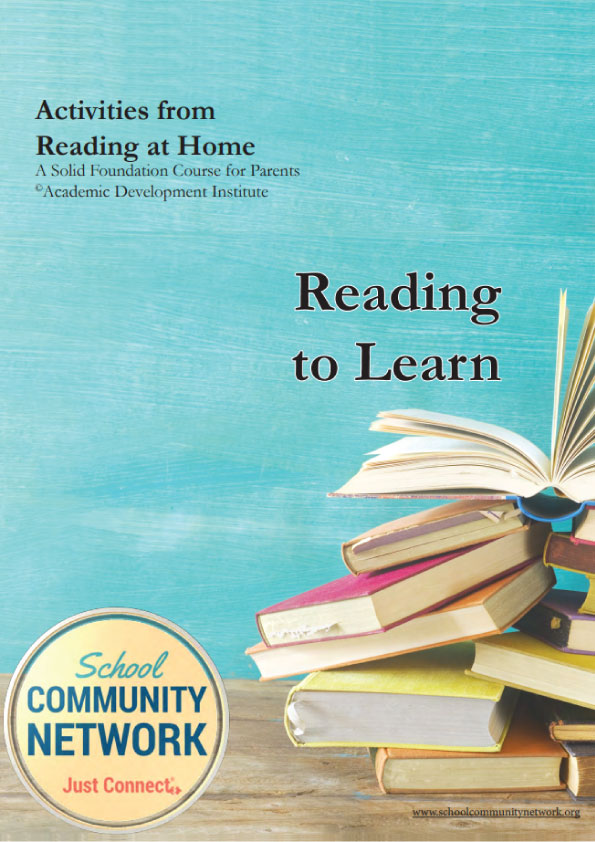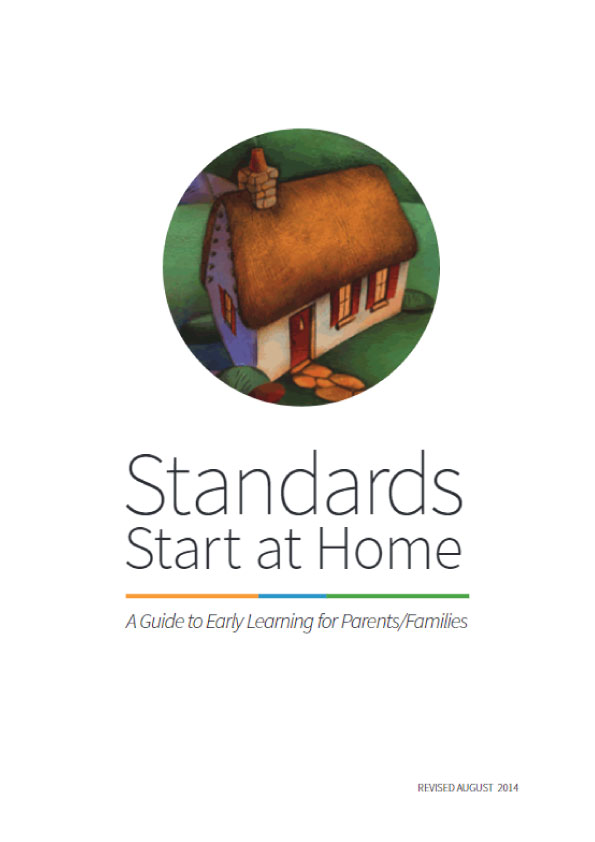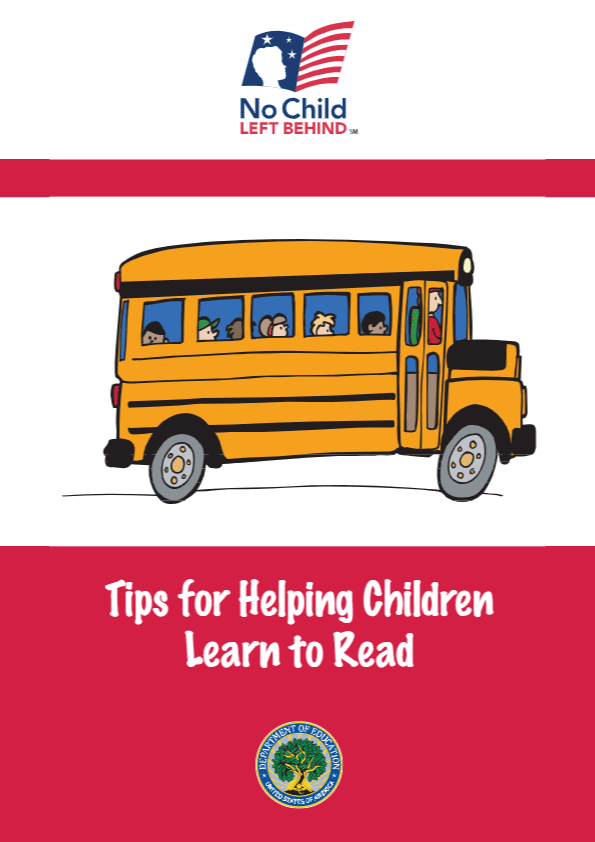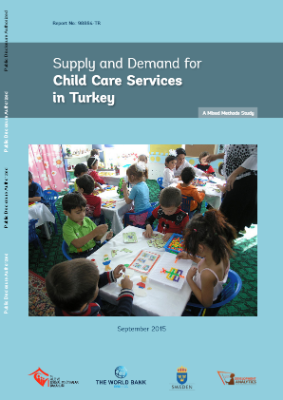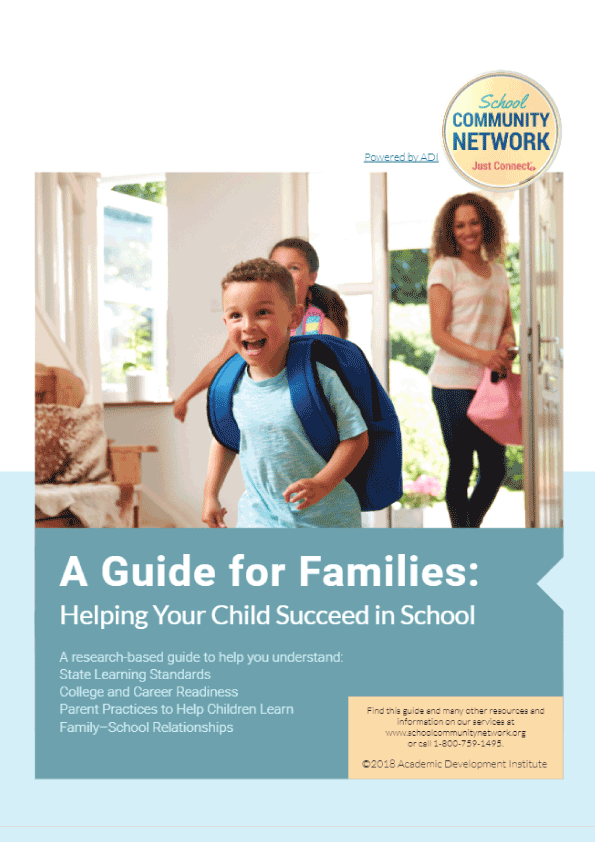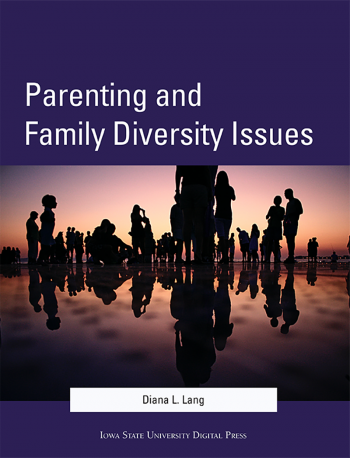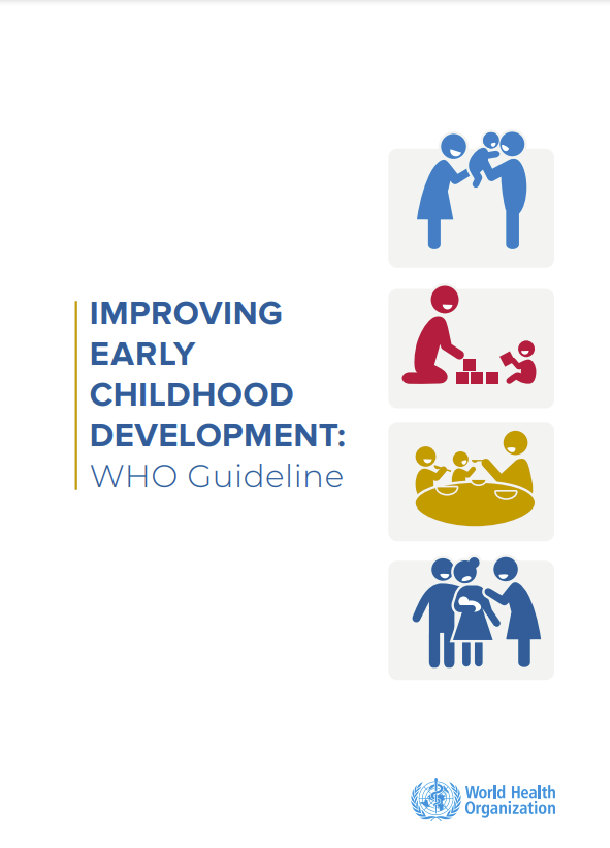Reading Aloud
Because our goal is to increase our children’s enthusiasm for reading, we must be enthusiastic ourselves. If listening to our children read is more comfortable to us than reading to our children, that is fine. Most important of all is the mood. Reading aloud should be fun!
If the primary language used at home is different from the one used at school, it is fine (even helpful!) to read aloud in either or both languages.
Is Reading Aloud Only For Young Children?
Will our 13-year-old think that reading aloud with a parent is a wonderful idea? Maybe not. For some reason, parents read with little children but not with older children. But even if they resist at first, teenagers can enjoy reading with parents once they get used to the idea.
To encourage older children to read aloud with us, we can:
- Ask them to select and read short sections that are appealing to them. Ask them to read something they find funny, or touching, or especially thought-provoking.
- Ask older children to read aloud to younger children.
- Read passages to our children that we find especially meaningful. Older children are impressed by their parents’ sincere reaction to reading. Does the passage bring us joy, make us angry, cause us to laugh, or state our own opinion well?
9 Tips For Reading Aloud
- Choose ways of reading aloud that are comfortable to you.
–Read to your children.
–Listen to your children read.
–Take turns reading and listening to your children read. - Keep the session short so that no one becomes bored.
- Read in a quiet, comfortable place.
- Correct reading errors gently. Be supportive.
- Talk about the reading. Ask questions. Express your reaction to the material.
- Let each family member choose their own reading material.
- Show an interest in the child’s reading. Be excited.
- Connect reading with affection. Hold little children. Pat older children. Hug them all!
- Don’t expect the whole family to read aloud at the same time. Reading with one or two children at a time allows for closeness and personal attention.
Learning New Words
We want our children to be curious about words, to take the initiative in learning new words, and to feel confident in trying new words.
Family Word Master
Keeping a dictionary (a hard copy or reliable online version), pencil, and note cards handy is one way to encourage vocabulary building. To make a game of vocabulary building, each family member can take a turn as the Family Word Master for the week. During that week, the Family Word Master selects a new word from his/her reading each day. The Word Master writes the word on one side of a note card. On the back side of the card, the Word Master writes the source of the word (the magazine, book, or online source in which the word appeared) and the definition of the word. The card is then displayed in a prominent place, such as on the refrigerator door. The Family Word Master is responsible for teaching the word to each family member. Each family member must use the word in spoken conversation with the Family Word Master sometime during the day.
Words While Reading
Even when reading for fun, keep some paper nearby. If you come to a word you don’t know, write it down. You don’t have to stop and look it up right away if you want to keep reading; guess the meaning from the context and keep going, then look up the word later and see if your guess was right. Then share it with your family! What other vocabulary games can your family make up or try?
Mastering What We Read
When we read for fun, we learn a great deal. And when we read to learn, we may enjoy the reading. But reading for the purpose of learning requires certain skills that reading for pleasure does not. When children read to learn in school, they are studying the material they are reading. This process is different than reading a story for pleasure.
3 Tips For Mastery
- Be a curious reader. Ask yourself questions as you read; then read to find answers. Each heading can be turned into a question. For example, when reading the heading “Causes of the Civil War,” ask the question, “What were the causes of the Civil War?” Read to find the answer. When finished with the section, be sure you can answer the question.
- Use what you read. Most of what we read is forgotten unless we do something with the information. Talk with someone about what you read. Write a summary of what you read, or, better yet, prepare study cards—question on one side and answer on the other—from the material just read. The cards will be useful later when you study for a test.
- Review. Skim what you have read before putting the book away. Keep the study cards from your reading to review the next day.
